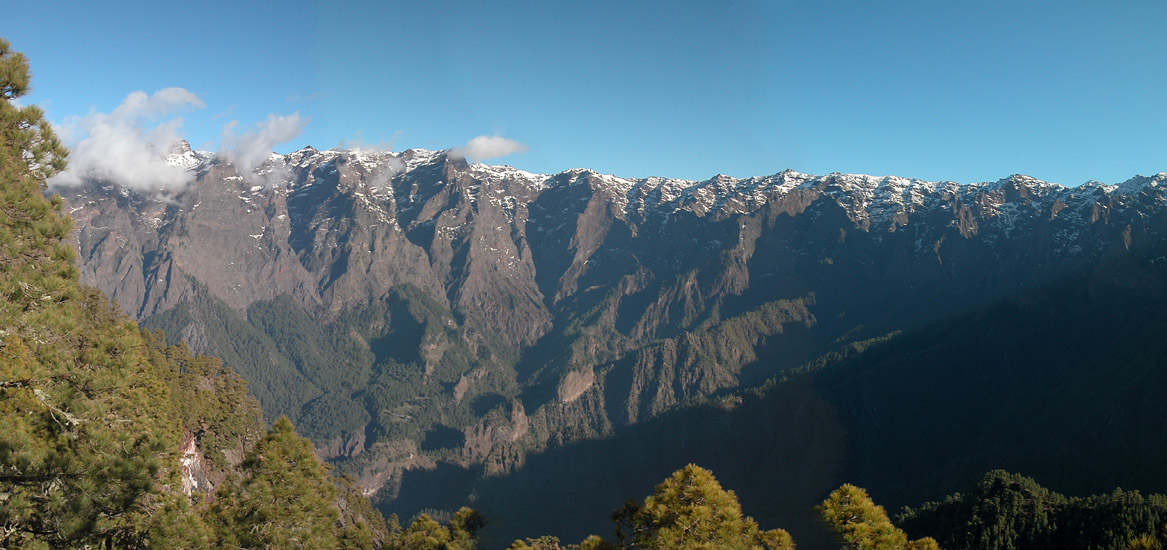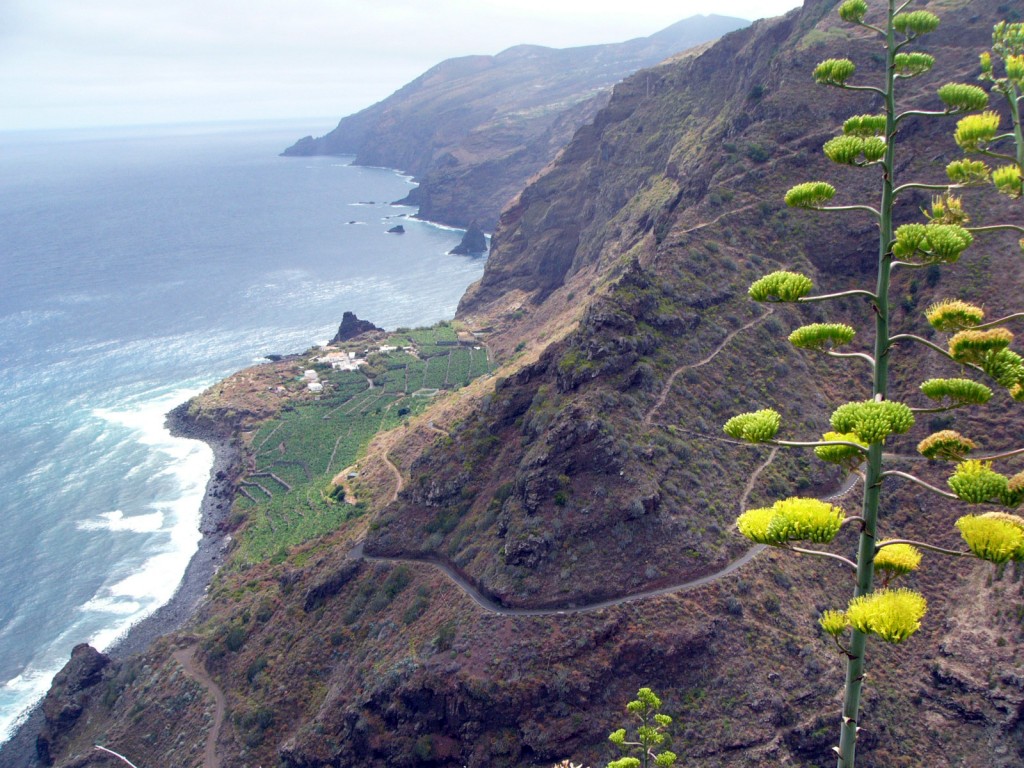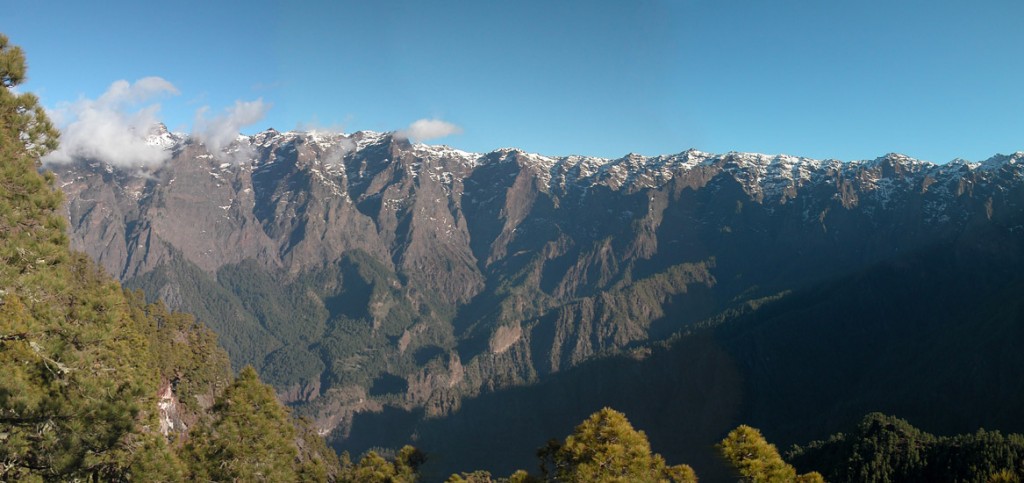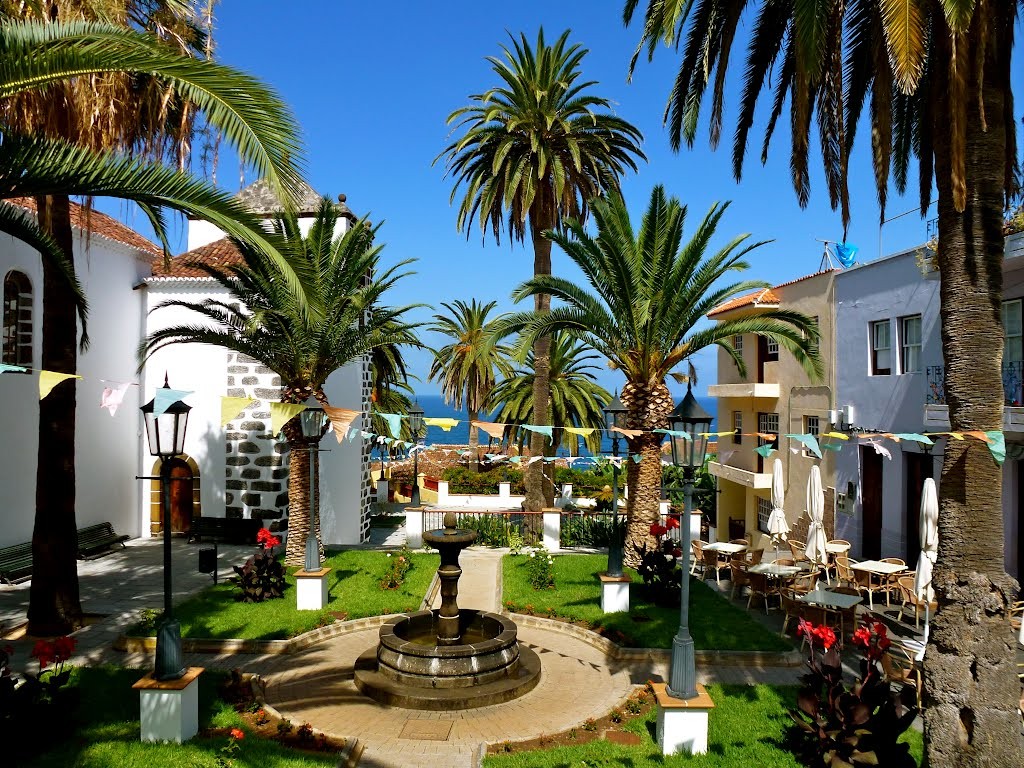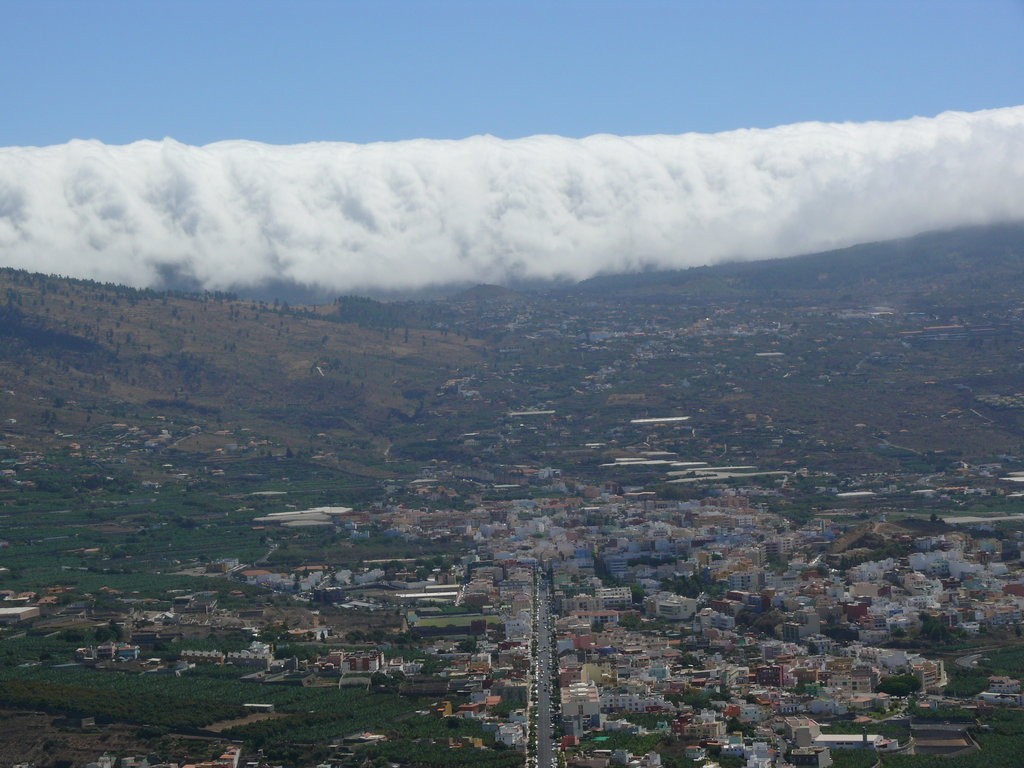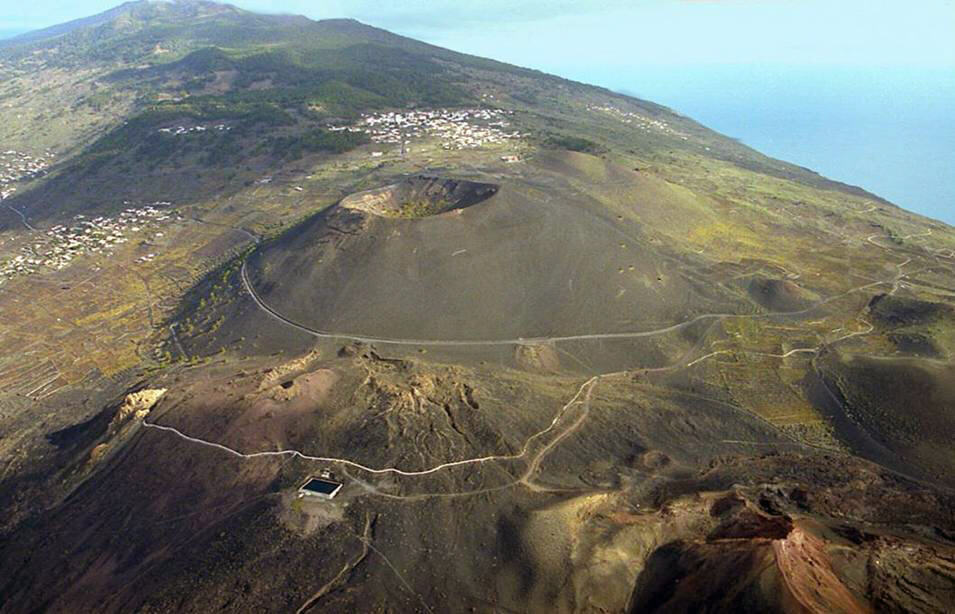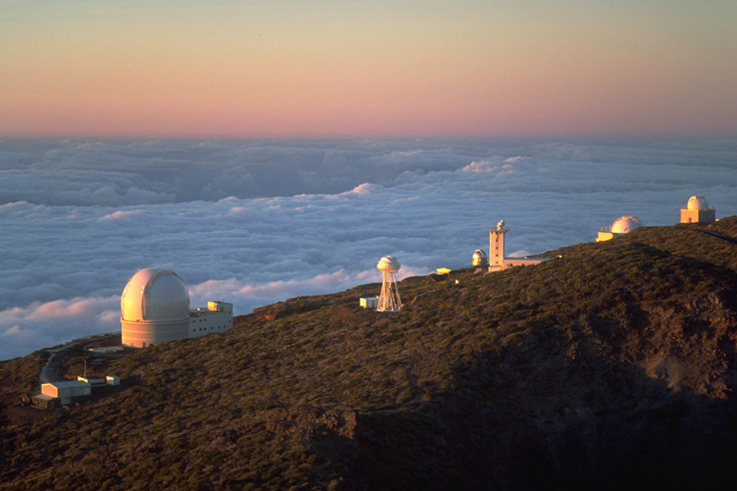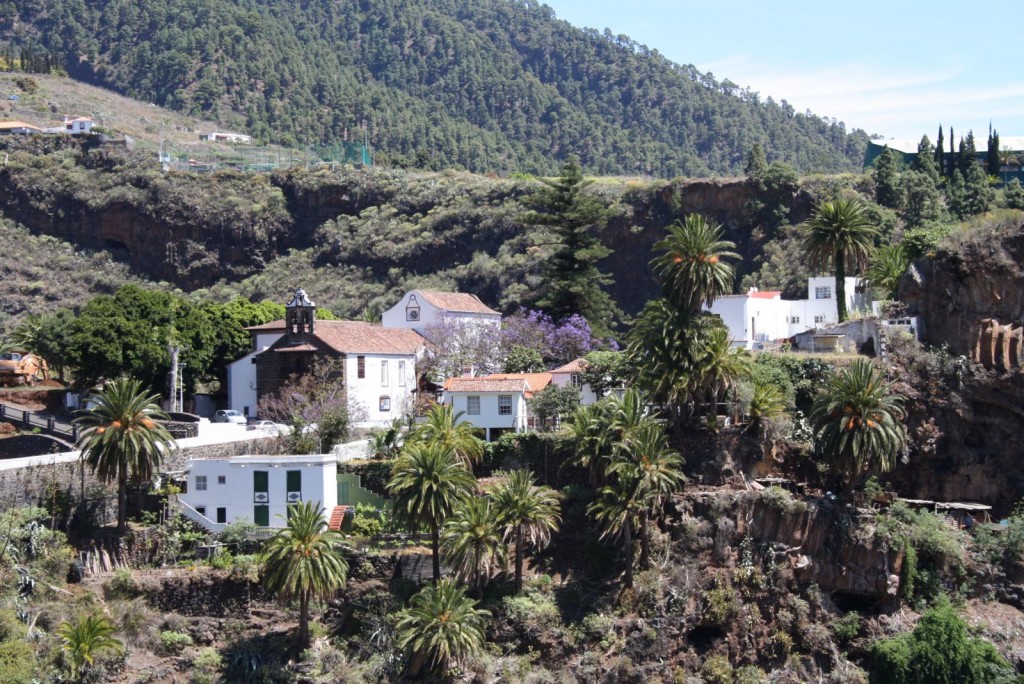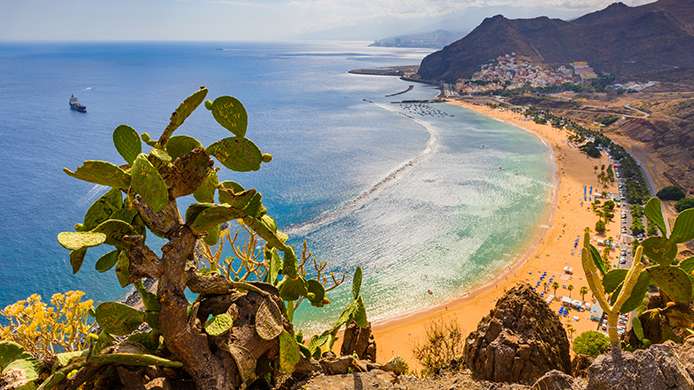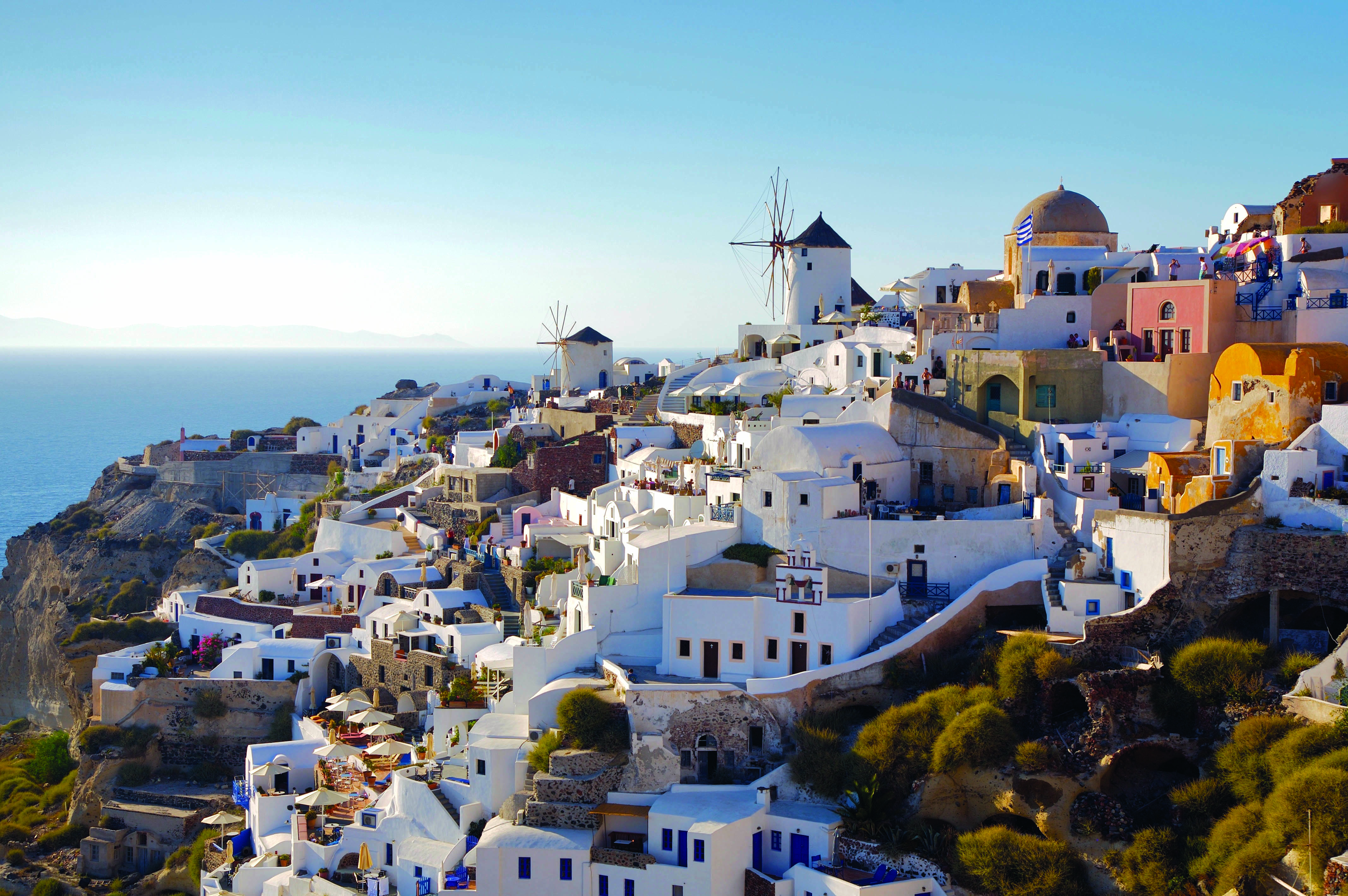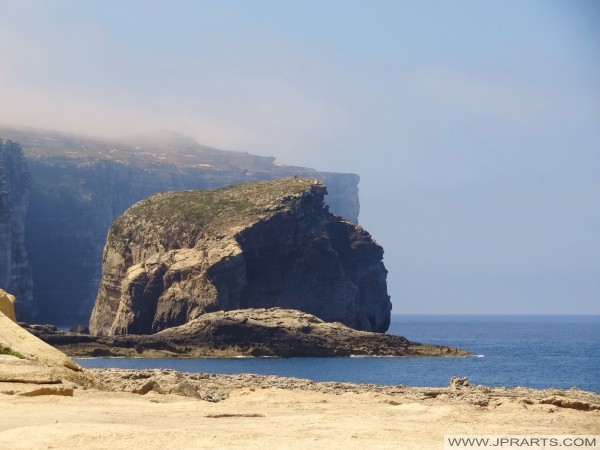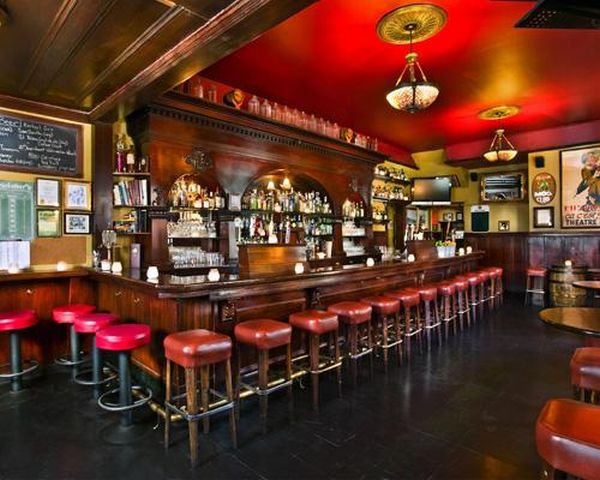Are you looking for a great travel destination with beautiful nature, and picturesque villages, and do you love to hike? Specially for you we created a list of 7 cool things to do and see on the island La Palma, one of the Canary Islands. So check out the list and feel free to like, and share this post! You can also leave a comment at the bottom, if you have been to La Palma, and want to share some other things to do and see!
| Airtickets Just You Titan | Booking.com cheapOair OneTravel |
Click Travel Agencies to see the providers in other countries
1) If you are into hiking, you should really go to the Caldera de Taburiente, which is declared a National Park by the government. Its a 1.5 km deep and 9 km wide crater at the center of the island. The crater was created after a volcanic eruption about 35 million years old. The valley is surrounded by crescent-shaped ridges that are up to 2000 meters high and are overgrown with pine trees and conifers.
On lower parts there are streams, brooks and springs along willows and bamboo. In the spring the Caldera turns into an exuberant sea of flowers. At the Caldera de Taburiente you can still find the remains of cave dwellings and altars which date back to the Benahoares, which were the ancient people of La Palma.
The popular Cirque trail is accessible via the Barranco de las Angustias to the southwest. Other trails lead you over the 2000-meter-high crater rim, so people with vertigo should skip these trails. On the southeastern portion of the rim of the Caldera, the lookout La Cumbrectica can be found at an altitude of 1287 meters, from which you have a nice view into the cauldron.
As a side note, we want to inform you that he signposting of the routes is scarce. It is also strictly forbidden to camp there or to mountain climb, and there is also an explicit rule to never hike the trails alone.
2) San Andrés, which is located in the northwest of La Palma, is a place of great historical value and its built against the rocks. The cobblestone street are narrow, with beautiful mansions, palm trees and colorful flowerbeds.
At the center of the village is the Plaza de San Andrés, which is a large palm-fringed square with a very popular terrace. Next to this square is the 16th-century white church of San Andrés Apóstol. The wooden ceiling of the church in mudejar style, and the gilded Baroque style high altar with the image of the patron, and two Flemish sculptures from the 17th century testify to the richness of a long lost era.
In the 16th and 17th century, the San Andrés port played an important role in the export of sugar and wine. With the profit of that trade, the sugar barons built beautiful houses. Nowadays the small village is surrounded by banana plantations.
3) The municipality of Garafía is one of the most beautiful hiking areas of La Palma and this is partly due to the dragon trees and windmills that characterize the area. The county seat of Garafía, is Santo Domingo de Garafía, where you can find a beautiful church with a magnificent altarpiece.
If you are not into churches, you can also visit the ethnographic museum in the village, where you can learn more about Garafía, its history, its people and local customs. You will also learn more about the rural life in the area. After you’re visit to the museum, you should really take a stroll through this beautiful region.
You can start your walk from the village of Las Tricias amd follow the so-called Dream Paths. During this walk you can enjoy the beautiful farmlands with almond and orange groves, and explore the Buracas caves where the Guanches, the original inhabitants of the island, used to live.
4) Los Llanos de Aridane is located on the west side of the island and in economic terms, this is an important municipality, because its located in the fertile Valle de Aridane. The rich soil and abundant water turned out to be the perfect mix to grow Bananas, and at the start of the 19th century, entrepreneurial families built banana plantations with remarkable farmhouses. Because the banana trade is now less lucrative, the farmers also started to grow avocados.
The municipality is near the coast, and has beaches, a shopping center, great restaurants and some nice local bars. The Plaza de España in the center of the city is a popular place where young and old meet each other under the laurel trees. During the early stages of the summer, the city dedicates a month to the Fiesta de la Patrone.
Los Llanos de Aridane also has 2 amazing beaches called Puerto Naos beach, which has a nice boulevard that runs along the entire beach of black sand, and the Charco Verde beach, which lies south of Puerto Naos beach and has an ancient hot spring which once was used for medicinal purposes.
5) Volcán San Antonio is an impressive volcano on the southern tip of the island. The volcano has an indented top and blackened lava flanks, and you can walk on a foothpath around the crater rim, where you have a wonderful view over the volcanic landscape of the south part of the island, and the coast. On clear days, you can even see the neighboring islands of La Gomera and El Hierro.
During the last eruption of Volcán San Antonio around 1678, tons of glowing lava and ash covered the nearby meadows, resulting in very fruitful soil for wine grape vines on the lava fields around the Volcán San Antonio and nearby Volcán Teneguía. The volcanic minerals give the wine from this area a unique taste and aroma nuances. As an advice, we like to warn you to not walk on the volcanic rim during extremely windy days, because it could be very risky up there.
6) The highest point of La Palma, is the top of Roque de los Muchachos at 2426 meters. During clear weather this altitude provides a beautiful view of the Caldera de Taburiente, which is a very large crater at the center of the island. In the early mornings, when visibility is optimal, you can even see La Gomera, El Hierro, Tenerife and Gran Canaria. On cloudy days you can see the clouds form in the Caldera and flow like a waterfall over the edge of the crater.
If you want to hike to the summit of the mountain, and then follow the path around the crater rim of the Caldera de Taburiente, you must have a good condition, sturdy shoes and lots of hiking experience. At this altitude it can be very cold and windy, so make sure that you wear windproof clothes. If the weather is rainy or foggy, its best to skip a hiking trip to the top, because it could be very dangerous.
In 1985, because of the clean and clear sky above the island, an observatory was built near the top of the mountain. Astrophysicists of various nationalities work and live in this complex, and at night the sliding roof opens so they can study the stars with giant telescopes. During the summer, the complex is open for a few days during the daytime to the public.
7) Santuario de Nuestra Señora de las Nieves is the church of the patron saint of La Palma, the “Madonna of the Snow.” The church is located on a square in the pilgrimage town of Las Nieves, a few kilometers west of the capital Santa Cruz. In the 16th century they began with the construction of the church and in the 19th century the church was expanded.
The most precious possession of the church is the statue of the Madonna of the Snow, which dates back to the 14th century and is of Flemish origin. The statue was made in a time of transition from the Romanesque to the Gothic style and looks like a mix of both.
The Madonna has become the richest woman on the island, because the statue is decorated with gold and its ruby robe is set with numerous jewels. She is also enthroned on a silver baroque altar.
We hope you like this list, and that you enjoy your holiday on La Palma!

